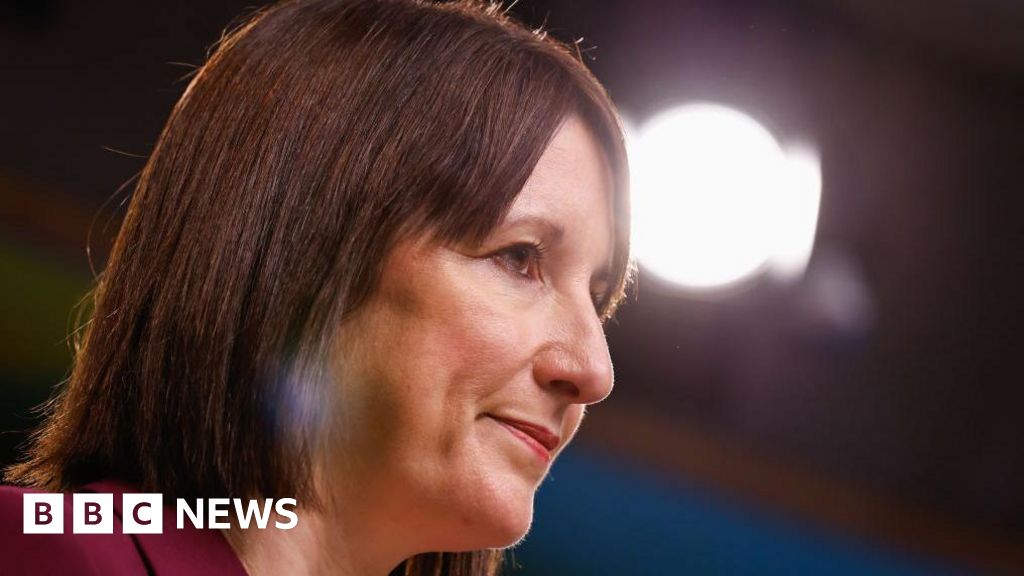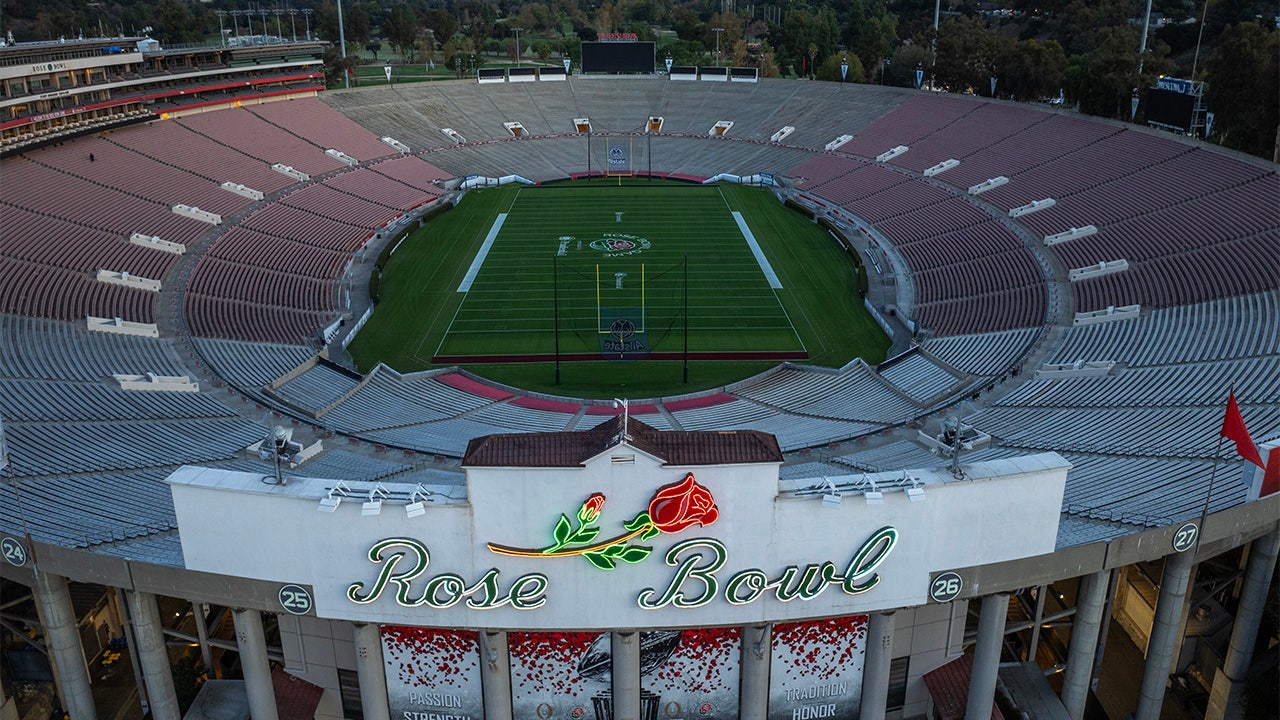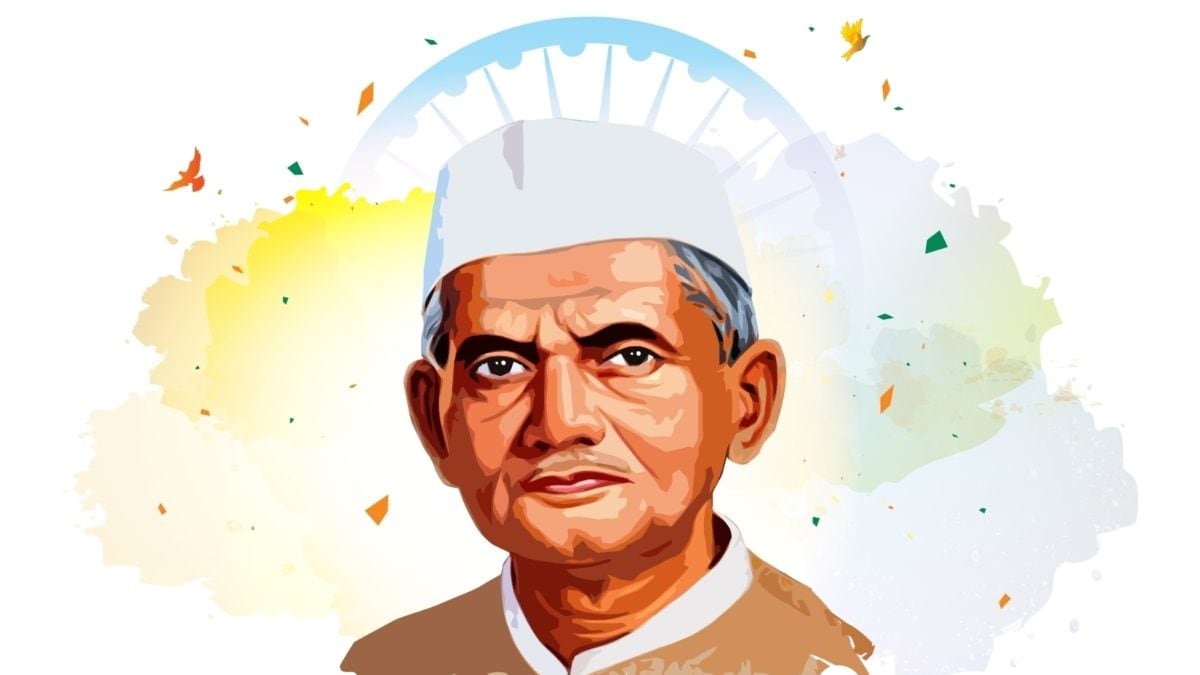Mr. Mosaval had been under treatment for severe osteoarthritis and related health problems, said statements from his family and doctors.
Art and politics were always intertwined for Mr. Mosaval, whose family had ancestry from Southeast Asia and became designated “coloured” under apartheid’s racial labeling. Mr. Mosaval would later refer to himself as a non-European “Black” dancer in solidarity with the wider struggle against apartheid.
Just as few Black dancers such as Arthur Mitchell and Raven Wilkinson had started to gain prominence in ballet on American stages in the 1950s even as segregation remained widespread, Mr. Mosaval came to symbolize an artistic and moral injustices in South Africa.
“I was always on my own,” he said.
As a young ballet prodigy in Cape Town in the 1940s, Mr. Mosaval was forced to stand behind White students in the dance studio. In 1953, he performing before Queen Elizabeth II during celebrations for her coronation. Yet seven years later, Mr. Mosaval was left behind while the Royal Ballet toured South Africa in 1960. Authorities in South Africa had warned that Mr. Mosaval would be banned from the stage.
Then in 1977 — at nearly 50 and after his retirement from the Royal Ballet — he became the first non-White performer on the stage at Cape Town’s Nico Malan Theatre (now Artscape Theatre Centre) in the title role in the classic “Petruskha,” with music by Igor Stravinsky. Mr. Mosaval, however, was prohibited from touching White dancers with his bare hands. “It is so sad that South Africans could not see me when I was at the height of my career,” he told South Africa’s Daily Maverick newspaper in 2018.
At his peak, Mr. Mosaval was a dynamic presence onstage, renowned for impeccable technique and versatility in performances around the world along with luminaries such as Rudolf Nureyev and prima ballerinas including Margot Fonteyn, Elaine Fifield, Lynn Seymour and Doreen Wells.
As the Bluebird in “The Sleeping Beauty,” Mr. Mosaval expanded the role with a mix of athleticism in his leaps and elegance in the pas de deux. He displayed comedic flair as the faux ship captain Jasper in Gilbert and Sullivan’s “Pineapple Poll” or as the impish Puck in the Frederick Ashton ballet “The Dream.”
In a 1970 review of “The Dream,” the Daily Telegraph dance critic Fernau Hall wrote that Mr. Mosaval’s “wild faun-like humor, projected with great power, was unlike anything previously seen at Covent Garden.”
The minister of culture and sport in South Africa’s Western Cape province, Anroux Marais, described Mr. Mosaval as a “story of triumph in a dark time in our country.” It also took bravery and defiance by others who recognized his early talent.
Mr. Mosaval was first noticed while doing gymnastics and other sports in his Cape Town neighborhood, known as District Six, then a center for a community known as “Cape Malays,” descendants of Southeast Asians and others brought to South Africa by the Dutch East India Company centuries before.
One of the trailblazers in South African ballet, Dulcie Howes, offered Mr. Mosaval a spot at the University of Cape Town’s ballet school when he was 19. Mr. Mosaval had to stand behind a line at the back of the class. He recalled, too, being mocked when he said he wanted to make a career in ballet.
“The class also laughed because the teacher was laughing,” he recounted. “I felt the ground open. I felt totally embarrassed and hurt.”
Howes and others, however, saw his potential. By chance, a group of British choreographers and dancers, including the acclaimed ballerina Alicia Markova, had come to South Africa in search of new talent. Mr. Mosaval was smuggled into Cape Town’s Alhambra theater for an audition. He was offered a scholarship to study at an academy affiliated with the Sadler’s Wells Ballet, which was renamed the Royal Ballet in 1956.
Supporters and fundraising by Cape Town’s Muslim Progressive Society pulled together enough money for Mr. Mosaval’s journey to London. He was added to the Sadler’s Wells company in 1952, the first dancer of color in the troupe. He was named a soloist in 1956 and a principal dancer four years later.
For the coronation celebrations in 1953, Mr. Mosaval was chosen to dance solo at the Royal Opera House in London. At the intermission, he was introduced to the queen, her husband Prince Philip and her sister Princess Margaret.
“That night,” Mr. Mosaval said, “I was floating on cloud nine.”
Johaar Mosaval was born in Cape Town on Jan. 8, 1928, and was the eldest in a family that grew to nine siblings. His mother was a seamstress, and his father worked on construction projects.
Under an apartheid rule in 1950, segregation plans known as the Group Areas Act, the residents of their District Six neighborhood began to fear they would be forcibly evicted. In London, Mr. Mosaval learned that his family had decided to leave.
“All they knew and loved was in District Six,” he said. “Can you imagine what it felt like to leave?” (The area was mostly razed and declared a rebuilt Whites-only locale in 1966.)
At the Royal Ballet, Mr. Mosaval’s repertoire included the clown Bootface in “The Lady and the Fool,” choreographed by John Cranko with music by Giuseppe Verdi; and as the showcase soloist Blue Boy in Ashton’s “Les Patineurs.” His final performance with the Royal Ballet was at the age of 48, playing the familiar role of the Bluebird in “The Sleeping Beauty.”
He returned to South Africa in 1976 and was given government posts, including overseer of ballet schools, which he interpreted as efforts to ease global criticism of apartheid. He resigned and opened a ballet school in 1977, but it was soon closed by authorities for having multiracial classes.
He continued to promote dance as a form of apartheid protest, including new forms taking shape in Black townships during the 1970s and ’80s. (Apartheid was gradually dismantled in the early 1990s and the nation’s first Black president, Nelson Mandela, was elected in 1994.)
“As I see mixed dancers onstage now, it is so wonderful because I never had the opportunity,” he told South Africa’s News24 in 2018. “They have freedom, and there’s nothing to be scared of. I was afraid to ask other dancers for help. I never was able to express myself freely in South Africa.”
He received one of South Africa’s highest civilian honors, the Order of Ikhamanga in Gold, in 2019. Survivors include two sisters.
A story often retold in South Africa involves a curious connection between Mr. Mosaval and Christiaan Barnard, a South African doctor who performed the first human heart transplant in 1967.
When Mr. Mosaval was a student in South Africa, he was in the tragicomic ballet “Coppélia,” whose plot involves a lonely alchemist who tries to bring a doll to life with a human heart. Barnard was in the audience.
When Mr. Mosaval made a holiday visit to South Africa in the late 1960s, Barnard asked for a meeting.
“When we arrived at the hospital,” Mr. Mosaval recalled, “[Barnard] was so enchanted that he lifted me off the floor and said, ‘Come, I want to take you upstairs to meet my whole crew that did the first heart transplant.’”














































